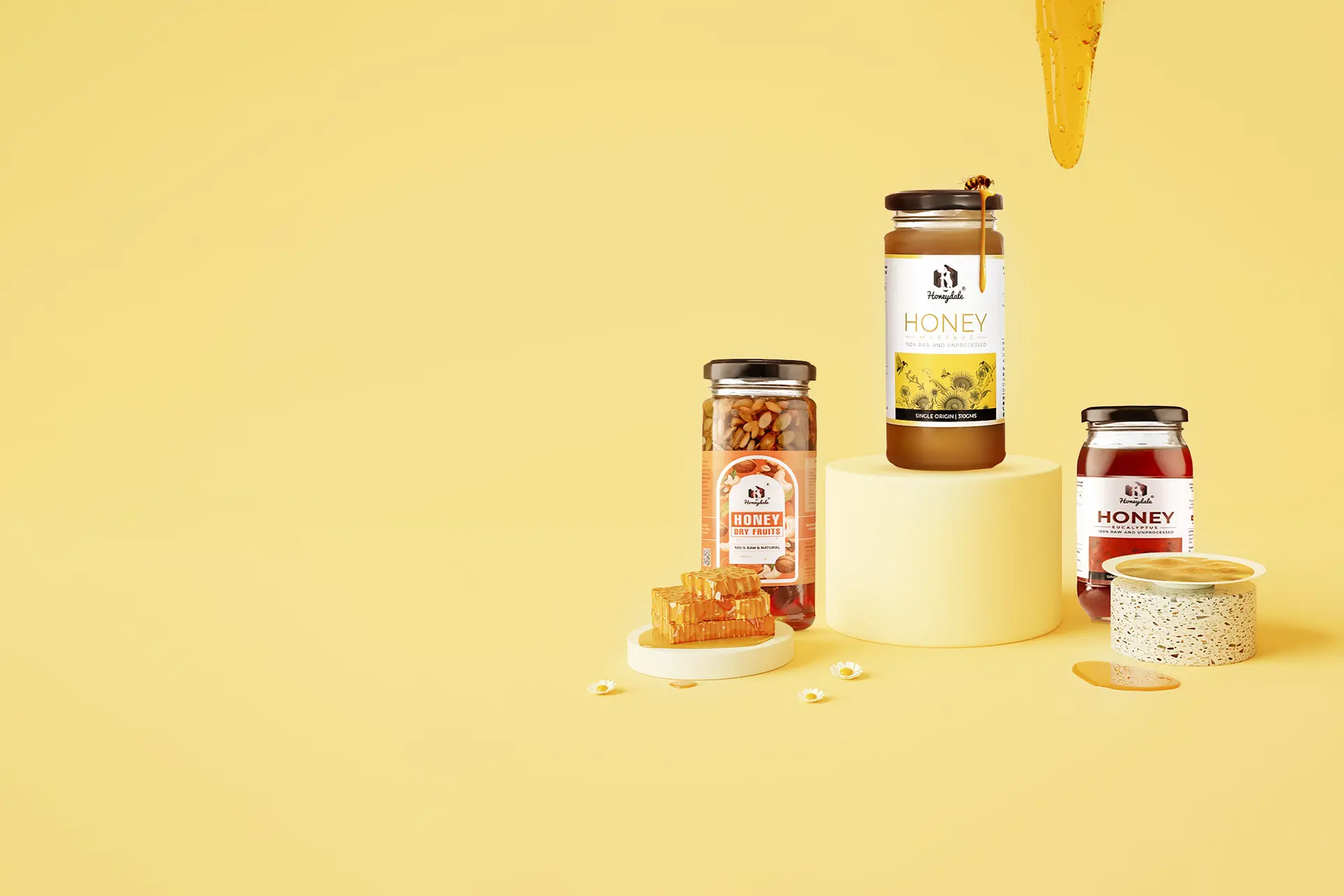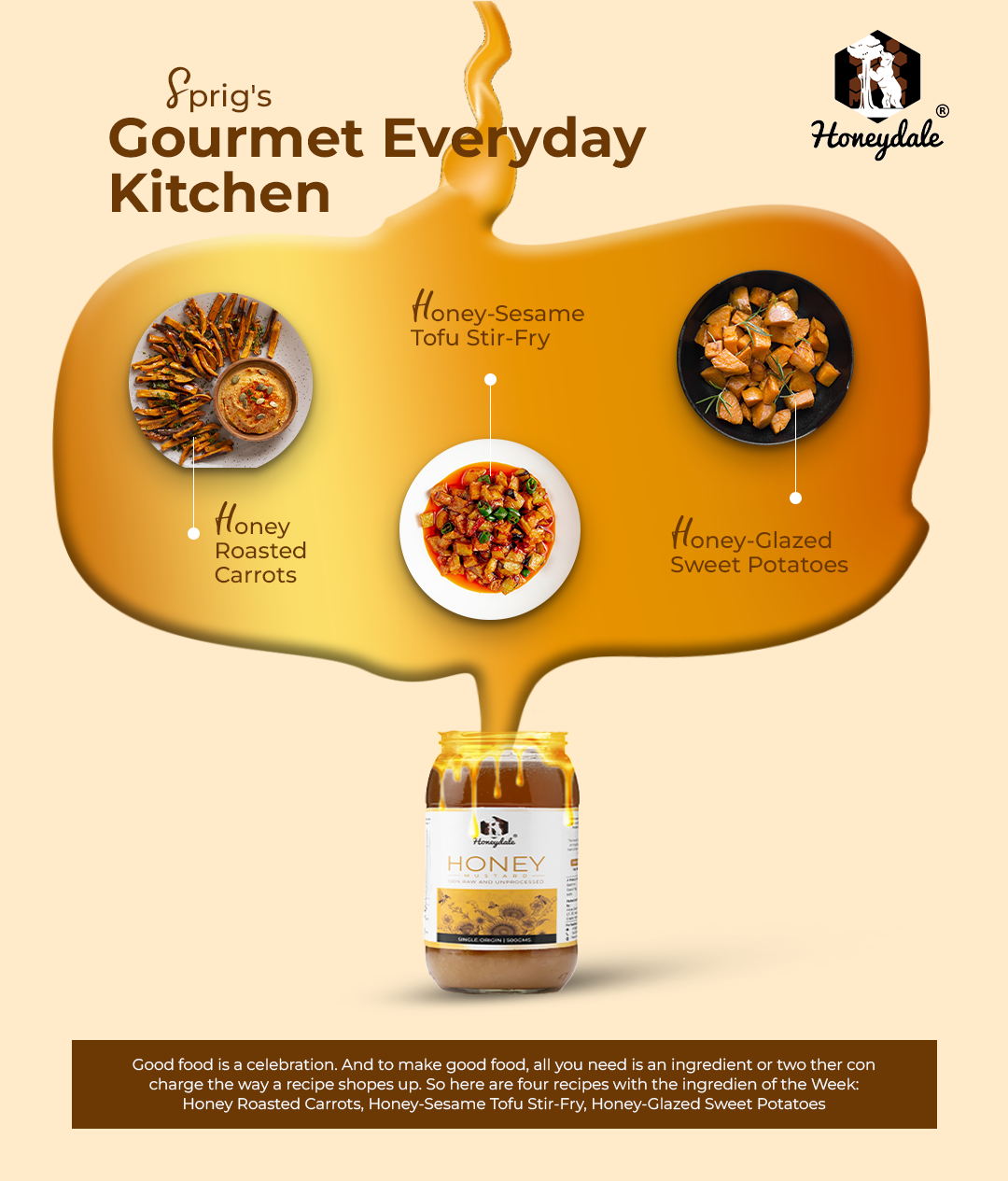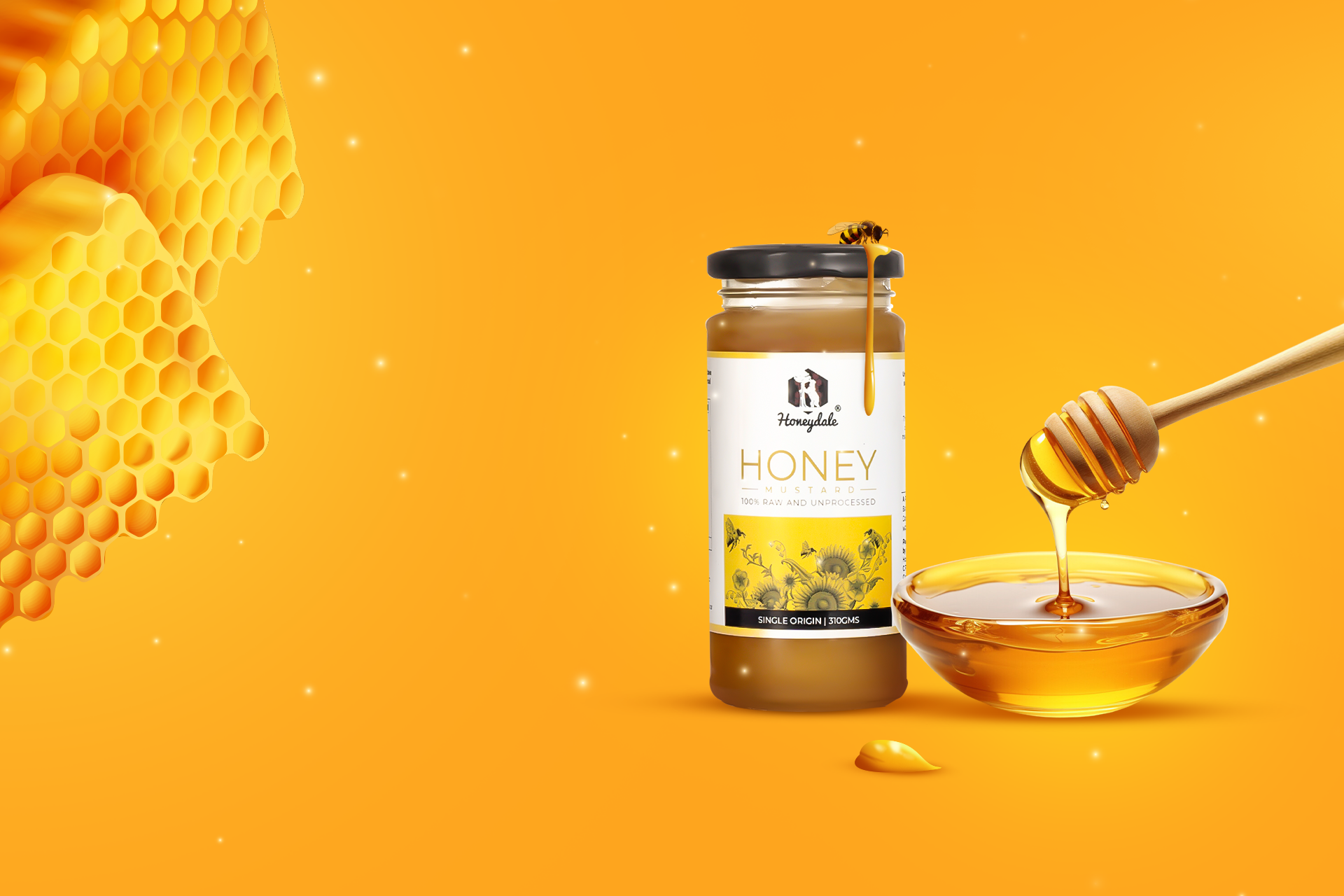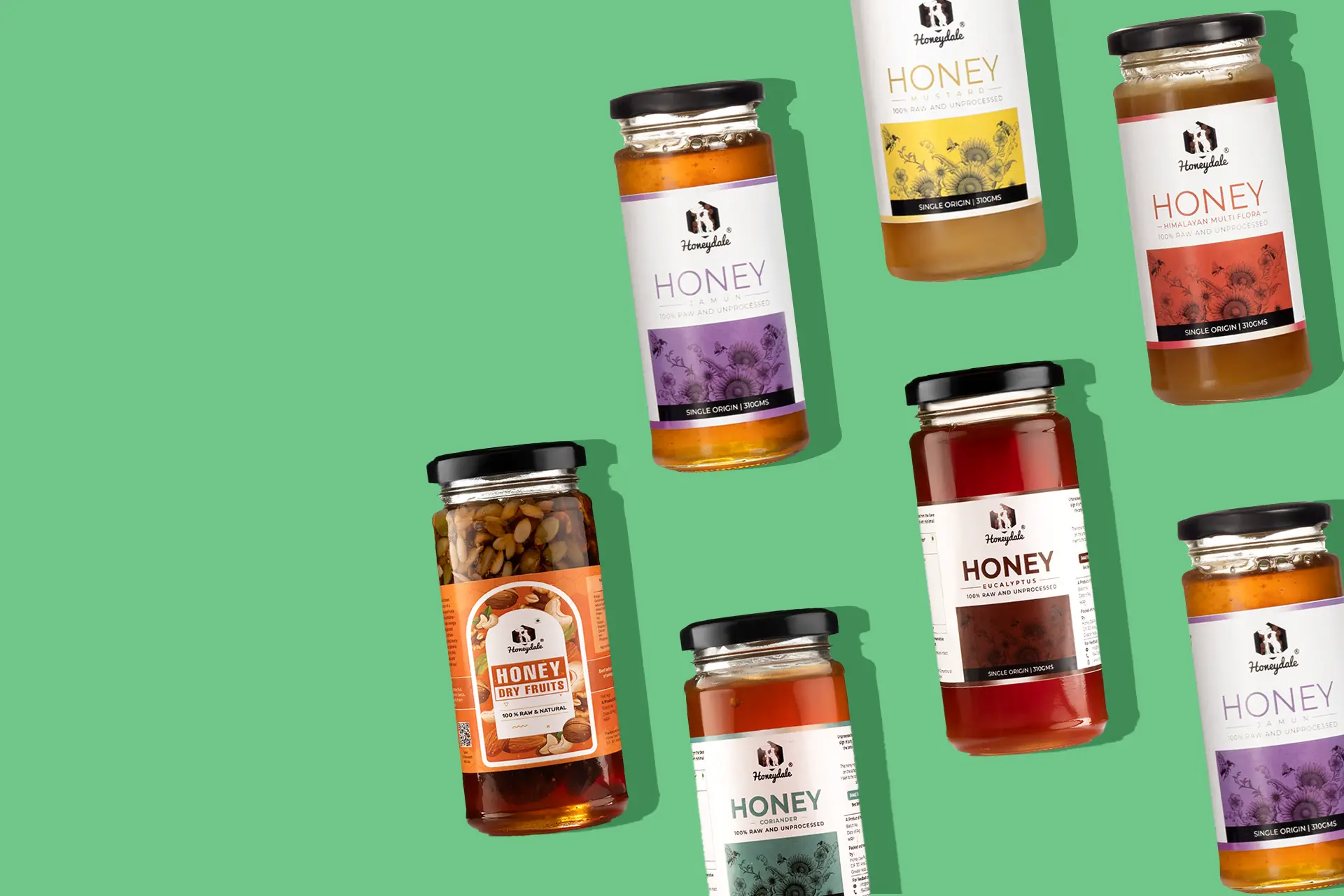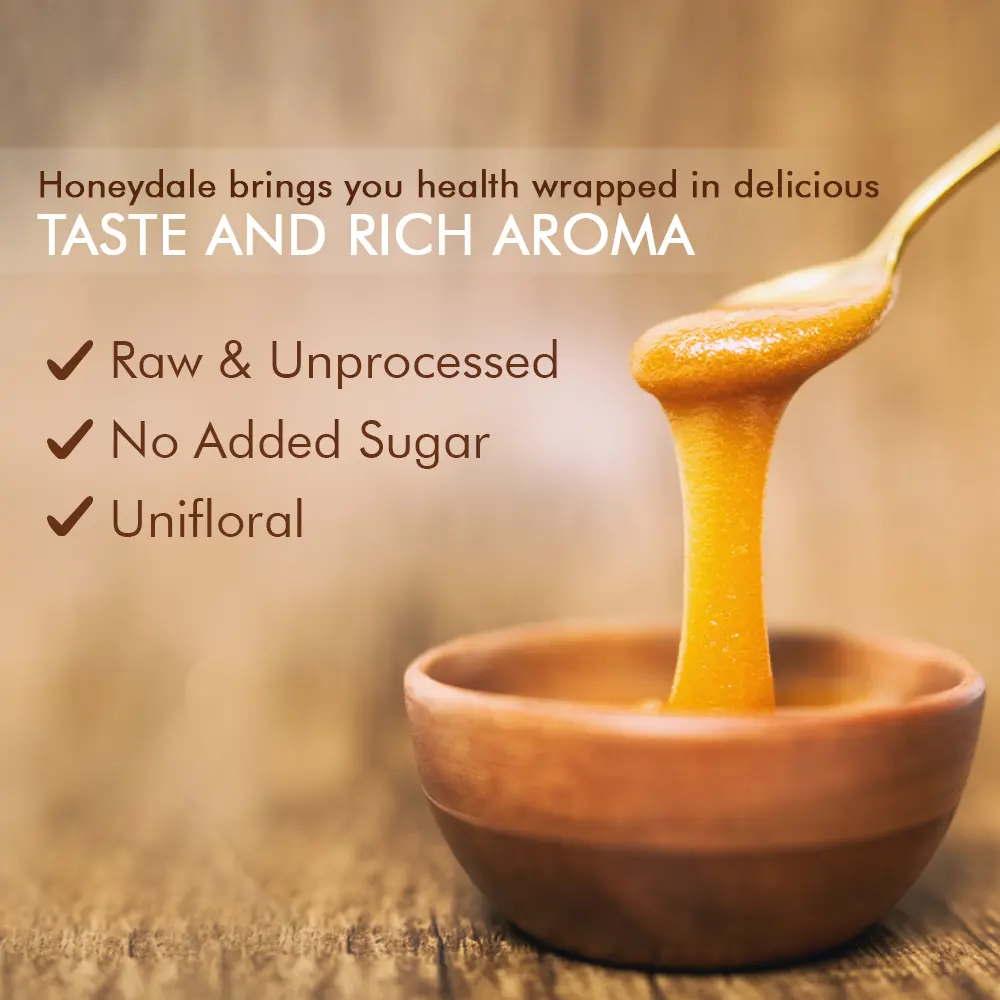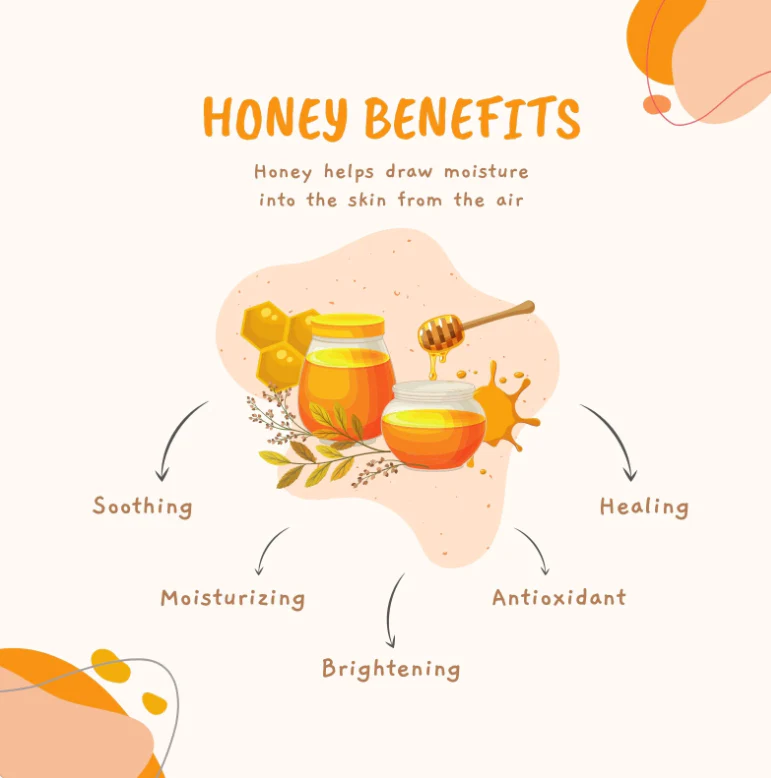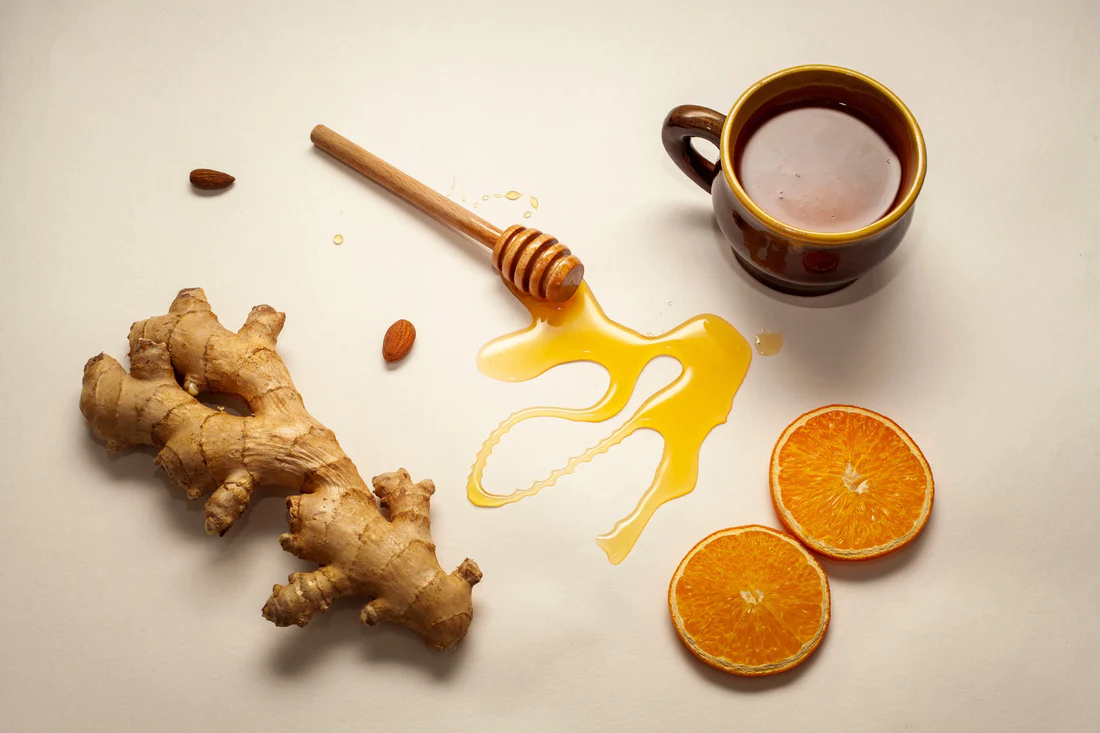
Have you ever wondered about the various labels used for honey, such as Organic Raw Honey, Commercial Honey, Organic Honey, and Unfiltered Honey? It might seem like they're all alike, but in terms of nutritional value and processing, they differ significantly.
Organic raw honey is available in various forms, including creamed, runny, set, or comb honey. Some individuals prefer purchasing honey directly from beekeepers, while others buy it from specialized stores or supermarkets.
However, there's a potential risk of acquiring fake honey that undergoes extensive processing and pasteurization. This process not only eliminates natural vitamins, minerals, amino acids, and enzymes but also diminishes the overall nutritional content of honey.
Defining Raw Honey in Simple Terms
In simple terms, raw honey is unfiltered, unpasteurized, and unprocessed. It is not subjected to high-temperature heating or any extensive processing.
Organic Raw Honey goes by various names such as natural honey, unfiltered honey, or pure honey. When purchasing raw honey, it's advisable to choose local beekeepers who refrain from processing their honey in any manner.
Derived directly from the honeycomb without pasteurization, raw honey undergoes minimal treatment. Beekeepers typically filter it only to eliminate debris or impurities. Although raw honey online may appear opaque or cloudy, it remains safe for consumption.
A Simple Glimpse of Commercial Honey
Honey undergoes pasteurization to facilitate convenient handling during packaging. Heating the honey causes it to become more liquid, making it easier to filter. The filtration process not only eliminates impurities but also contributes to a smoother and clearer texture in commercial honey.
The pasteurization of honey serves multiple purposes, such as prolonging its shelf life, improving its visual appeal, and eliminating yeast cells that could alter its flavour. Nevertheless, it's important to note that pasteurization can result in a reduction of nutrients and antioxidants present in the honey.
How Raw Organic Honey Is Different from Commercial Honey?
Organic Raw Honey preserves all its beneficial qualities, sourced by bees collecting nectar from a variety of wildflowers and blossoms.
The bees transport the gathered nectar to their hives, storing it in beeswax. Using their wings, the bees remove excess water content from the nectar. Over 2-3 weeks, the nectar undergoes maturation, transforming into honey. Beekeepers then harvest honey from the honeycomb, lightly filtering it to keep bee pollen particles while eliminating beeswax and other impurities.
Contrastingly, commercially available honey undergoes extensive processing, including pasteurization, where it is heated to around 70 degrees Celsius. It's noteworthy that beehive temperatures only reach up to 40 degrees Celsius. Consequently, commercial honey loses its natural characteristics through this process.
Commercial honey also undergoes excessive filtration, resulting in a loss of valuable nutritional content and a smoother, clearer appearance. Additionally, commercial honey may contain sugar syrup, meaning consumption involves artificial sugars in various forms.
Guidelines to Check Before Buying Quality Organic Raw Honey
- To select the healthiest Organic Raw Honey, consider purchasing it directly from the beekeeper.
- If that's not feasible, opt for honey brands indicating "raw" on the label.
- Note that products labelled as pure or organic may not necessarily be raw.
- The visual characteristics of honey can also guide your choice.
- Commercial honey typically has a smooth, clear texture, while raw honey appears slightly cloudy or creamy due to its lack of filtration.
- Raw honey online offers a broader range of flavours and colours compared to commercial alternatives, making it a more diverse and authentic choice.
Raw Honey Is Better than Commercial Honey: Know All Differences!
- Pure Honey Provides More Nutrition
Organic Raw Honey is high in a variety of elements, including amino acids, minerals, vitamins, and enzymes. It also contains bioactive plant components known as polyphenols, which serve as antioxidants.
Due to the considerable processing, industrially processed honey may retain only trace levels of antioxidants and minerals.
- Pollen is missing from processed honey.
Bee pollen is a very nutritious component of raw honey online, containing vital fatty acids and minerals that contribute to noticeable health advantages such as inflammation reduction and liver function enhancement.
Commercial honey processing procedures, such as heat treatments and ultrafiltration, result in the removal of bee pollen from the honey.
- Commercial Honey Contains Artificial Sweeteners and Additives
Organic Raw Honey, containing natural pollen, stands out for its nutritional value. On the contrary, commercial honey often includes added sugars and various additives during the processing stage.
Conclusion
Natural and Organic Raw Honey retains its original elements because it undergoes minimal processing. This makes it particularly beneficial for those seeking health benefits from honey. undergoes only mild filtration, preserving a majority of its nutrients and antioxiRaw honeydants.
For a healthier choice, it's recommended to opt for raw honey. Consumers should exercise caution and carefully read labels and packaging details when purchasing honey from supermarkets to ensure authenticity and rawness.





